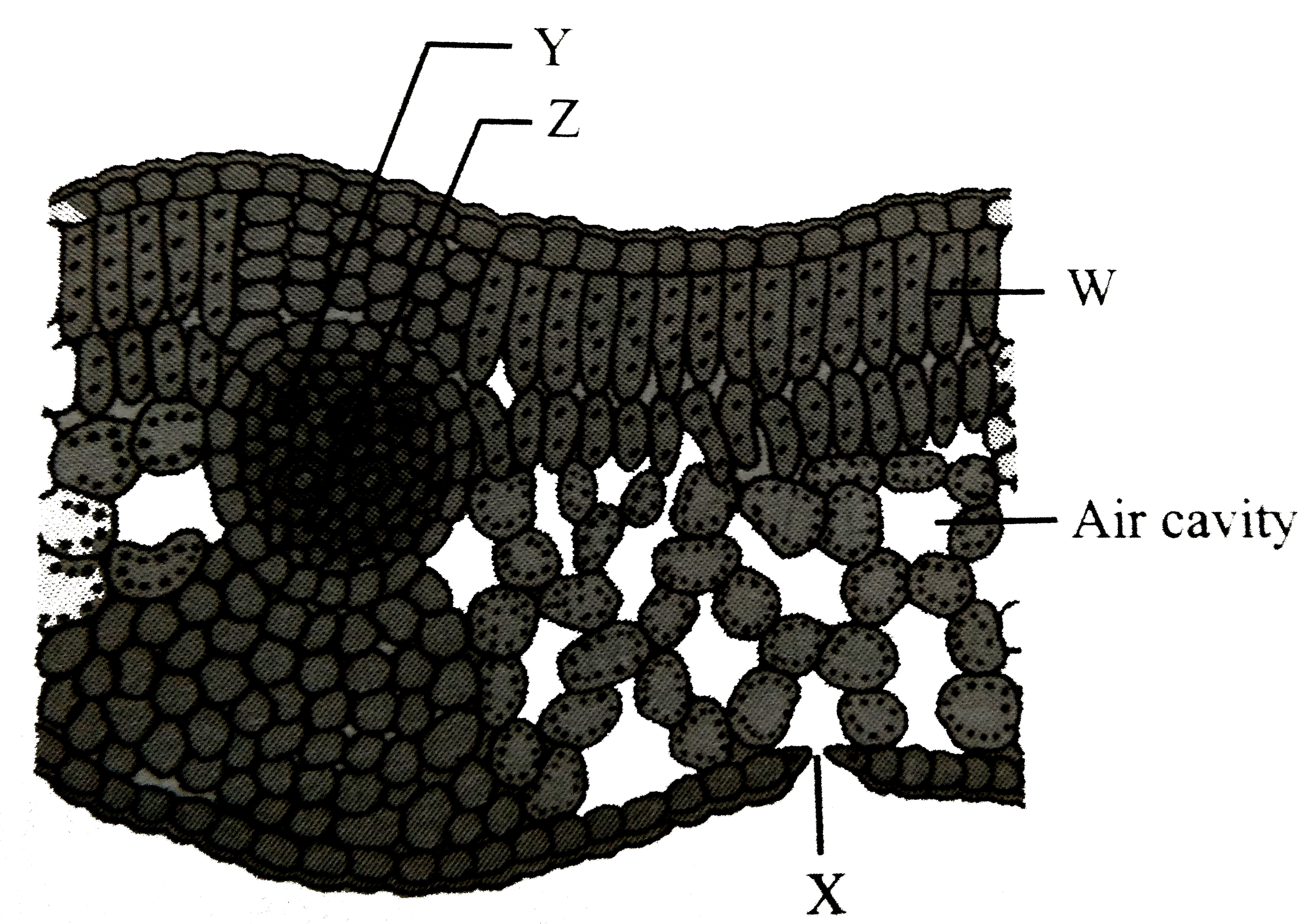Which of the following matches is correct with regard to the fungi and its characteristics and the class given?
Phytophthora → Aseptate mycelium → Basidiomycetes
Alternania → Sexual reproduction absent → Deuteromycetes
Mucor → Reproduction by conjugation → Ascomycetes
Agaricus → Parasitic fungus → Basidiomycetes
The correct Answer is:B
To solve the question regarding the correct match between fungi and their characteristics, we will analyze each option provided.
1. Understanding Fungi Classification:
- Fungi are classified into several groups, primarily including Phycomycetes, Ascomycetes, Basidiomycetes, and Deuteromycetes.
- Phycomycetes (or algal fungi) have aseptate and unbranched mycelium.
- Ascomycetes and Basidiomycetes have septate and branched mycelium.
- Deuteromycetes (also known as Fungi Imperfecti) are characterized by the absence of sexual reproduction.
2. Analyzing the First Option (Phytophthora):
- Phytophthora is known to have aseptate mycelium.
- However, it belongs to Phycomycetes, not Basidiomycetes.
- Conclusion: This option is incorrect.
3. Analyzing the Second Option (Alternaria):
- Alternaria is known for its absence of sexual reproduction.
- It belongs to Deuteromycetes.
- Conclusion: This option is correct.
4. Analyzing the Third Option (Mucor):
- Mucor is an example of Phycomycetes.
- It reproduces by conjugation, which is a form of sexual reproduction.
- Conclusion: This option is incorrect.
5. Analyzing the Fourth Option (Agaricus):
- Agaricus is indeed a parasitic fungus.
- However, it belongs to Basidiomycetes, not Phycomycetes.
- Conclusion: This option is incorrect.
Final Answer:
The only correct match is Alternaria, which has no sexual reproduction and belongs to Deuteromycetes. Therefore, the correct answer is option number 2.
---
- Fungi are classified into several groups, primarily including Phycomycetes, Ascomycetes, Basidiomycetes, and Deuteromycetes.
- Phycomycetes (or algal fungi) have aseptate and unbranched mycelium.
- Ascomycetes and Basidiomycetes have septate and branched mycelium.
- Deuteromycetes (also known as Fungi Imperfecti) are characterized by the absence of sexual reproduction.
- Phytophthora is known to have aseptate mycelium.
- However, it belongs to Phycomycetes, not Basidiomycetes.
- Conclusion: This option is incorrect.
- Alternaria is known for its absence of sexual reproduction.
- It belongs to Deuteromycetes.
- Conclusion: This option is correct.
- Mucor is an example of Phycomycetes.
- It reproduces by conjugation, which is a form of sexual reproduction.
- Conclusion: This option is incorrect.
- Agaricus is indeed a parasitic fungus.
- However, it belongs to Basidiomycetes, not Phycomycetes.
- Conclusion: This option is incorrect.
The only correct match is Alternaria, which has no sexual reproduction and belongs to Deuteromycetes. Therefore, the correct answer is option number 2.
Similar Questions
Knowledge Check
Which of the following is not correct regarding vasectomy?
AIt is irreversibleBIt causes loss of secondary sexual characters in malesCIt leads to absence of sperm in the semenDThis process involves bilateral cutting and ligating of the sperm ductsWhich of the following is correct regarding jaundice?
ASkin turns yellowBEues turn yellowCLiver gets affectedDAll of theseWhich of the following is correct regarding the given figure ?
 ANo. ofNo. ofNO. ofcentrometerkinetochorearms 2 1 4BNo. ofNo. ofNO. ofcentrometerkinetochorearms 1 2 4CNo. ofNo. ofNO. ofcentrometerkinetochorearms 2 2 4DNo. ofNo. ofNO. ofcentrometerkinetochorearms 1 2 2
ANo. ofNo. ofNO. ofcentrometerkinetochorearms 2 1 4BNo. ofNo. ofNO. ofcentrometerkinetochorearms 1 2 4CNo. ofNo. ofNO. ofcentrometerkinetochorearms 2 2 4DNo. ofNo. ofNO. ofcentrometerkinetochorearms 1 2 2
Which of the following is correct regarding the excretion ?
View SolutionWhich of the following is correct regarding diastema
View SolutionWhich of the following is correct regarding viscosity?
View SolutionWhich of the following is not correct regarding terylene?
View SolutionWhich of the following is correct regarding the given figure ?

View Solution
